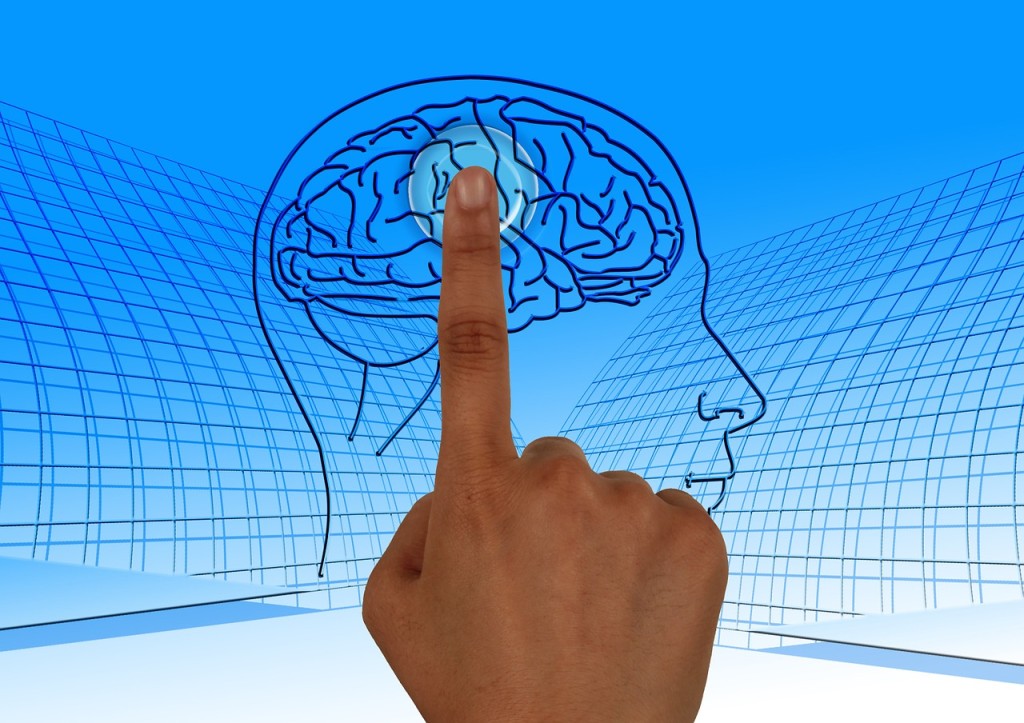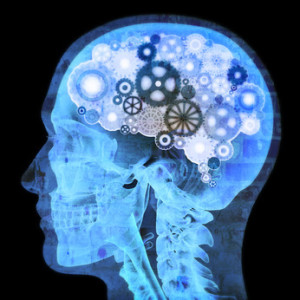
Dr. Mark Gold’s Research You Can Use
Drug withdrawal can be nothing short of traumatic for patients. Withdrawal from methamphetamine is accompanied with an array of discomforting, and almost painful, experiences, the main reason for eventual relapse. Various neurotransmitters, neuropeptides, signal transduction pathways, and brain regions, in particular, the nucleus accumbens, are compromised as a consequence of withdrawals during the abstinence from addictive drugs.
In the face of limited pharmaceutical tools for facilitating detoxification, a recent study at Nanjing Shifosi Addiction Rehabilitation Center, Nanjing, China has highlighted a new approach: transcranial magnetic stimulation (rTMS) targeting the left dorsal-lateral prefrontal cortex (DLPFC) may be a potential tool for easing withdrawal symptoms.
“There are only a few drugs that alleviate withdrawal symptoms,” Ti-Fei Yuan, Ph.D., the investigator on the study, stated. “This is the first effort to manage drug withdrawal using brain stimulation technique, and it opens the possibility to help drug addicts in the first few days or weeks off from drug and may prevent relapse.”
Withdrawal from methamphetamine
Methamphetamine, otherwise commonly known as crystal meth, is a highly addictive man-made drug that has increasingly gained popularity in recent times. The drug comprises of very simple ingredients that can be easily purchased at drug stores. Meth is, however, increasingly available through big-scaled foreign manufacturers.
Meth exists as small bluish and whitish rocks or small glass-like pieces. The drug is typically snorted or smoked.

A potent stimulant, meth quickly exerts its influence upon the brain, releasing neurotransmitters, such as dopamine and serotonin, enhancing energy and alertness, and lowering inhibitions.
The effects of meth may last for up to eight hours, depending on the dose, followed by intense comedown effects, including insomnia, repressed appetite, and depression.
Withdrawal from methamphetamine comprises of a range of physical psychological and emotional symptoms. Withdrawals are typically initiated within the first 24 hours of abstinence, reaching its peak within the first 7 to 10 days of abstinence and steadily declining afterward. Meth withdrawals have an average duration of about 14 to 20 days.
Primary symptoms comprise of fatigue, lethargy, excessive sleepiness, invigorated appetite, dryness of the mouth, jitteriness, and feelings of depression and anxiety.
The study
This was a randomized, clinical, parallel-group intervention trial, conducted over a period of six months from August 1, 2017, to February 15, 2018. Forty-eight men, suffering from methamphetamine addiction, were recruited at the rehabilitation center. No significant variations existed in regard to age, education level, race, body mass index, mean length of abstinence, duration of methamphetamine use (almost five years) or dosage.
Half the participants were randomly assigned to treatment through rTMS, and the other half was treated through sham rTMS. The left DLPFC was targeted with high rTMS, and the intervention lasted for ten days, with two days rest after the first five days.
Withdrawal symptoms were evaluated through a Chinese version of the methamphetamine withdrawal symptom scale. Quality of sleep, depression, and anxiety were also evaluated.
The results depicted significant variations in withdrawal symptoms, craving, quality of sleep and feelings of depression and anxiety after ten days of rTMS post ten days of rTMS treatments. There was considerable difference was noticed in withdrawal symptoms as descriptive data showed a reduction. As per the post hoc test, cravings, levels of anxiety and sleep difficulties were reduced for the real rTMS group compared to the sham group. Depression scores persisted, however.
Significance of rTMS
 Repetitive transcranial magnetic stimulation treatments have been observed to inhibit cravings resulting from drug-related cues in individuals who are addicted to various substances, such as heroin, cocaine, methamphetamine, and nicotine.
Repetitive transcranial magnetic stimulation treatments have been observed to inhibit cravings resulting from drug-related cues in individuals who are addicted to various substances, such as heroin, cocaine, methamphetamine, and nicotine.
This study reiterates the significance of rTMS as a potential tool against withdrawal symptoms, encouraging the application and expansion of rTMS treatment to different stages of addiction. Stimulating the left DLPFC initiates an increased dopamine release, heightened cortical activity, and modified cortical networks, triggering substantial alterations in the nucleus accumbens and attenuate withdrawal symptoms.
It is important to realize that certain patients respond more to such a treatment than others. Many factors influence TMS-induced behavior alterations such as genetic variations affecting plasticity responses, differences in skull or brain shape, sex hormones and the varying states of brain connectivity.
Dr. Kevin Reeves, Chief, Section of Interventional Psychiatry at Ohio State University Wexner Medical Center in Columbus, extended his support for these findings. “This indication is still experimental,” he told Reuters Health. “However, there are at least 26 studies registered with clinicaltrials.gov, so the evidence is building.”
This study makes a strong case for high-frequency rTMS targeting the left DLPFC as a facilitator of methamphetamine detoxification. Further mechanistic and more detailed follow-up studies are needed to help clarify the long-term consequences of rTMS treatments and determine the accurate targets, frequency, and intensity of treatment for different patients. Looking into the future, Yuan and his team are hoping to motivate more scientists and clinicians to enhance the current treatments and aim to come up with more effective and accurate ones.
References:
1. https://americanaddictioncenters.org/meth-treatment/withdrawal
2. https://www.mdmag.com/medical-news/tms-deemed-a-prospective-tool-for-male-withdrawal-symptoms
3. https://www.psychcongress.com/news/transcranial-magnetic-stimulation-may-curb-withdrawal-symptoms-meth-addicts
4. https://jamanetwork.com/journals/jamapsychiatry/article-abstract/2698599
About the Author:
 Mark S. Gold, M.D. served as Professor, the Donald Dizney Eminent Scholar, Distinguished Professor and Chair of Psychiatry from 1990-2014. Dr. Gold was the first Faculty from the College of Medicine to be selected as a University-wide Distinguished Alumni Professor and served as the 17th University of Florida’s Distinguished Alumni Professor.
Mark S. Gold, M.D. served as Professor, the Donald Dizney Eminent Scholar, Distinguished Professor and Chair of Psychiatry from 1990-2014. Dr. Gold was the first Faculty from the College of Medicine to be selected as a University-wide Distinguished Alumni Professor and served as the 17th University of Florida’s Distinguished Alumni Professor.
Learn more about Mark S. Gold, MD
About the Transcript Editor:
 A journalist and social media savvy content writer with extensive research, print and on-air interview skills, Sana Ahmed has previously worked as staff writer for a renowned rehabilitation institute, a content writer for a marketing agency, an editor for a business magazine and been an on-air news broadcaster.
A journalist and social media savvy content writer with extensive research, print and on-air interview skills, Sana Ahmed has previously worked as staff writer for a renowned rehabilitation institute, a content writer for a marketing agency, an editor for a business magazine and been an on-air news broadcaster.
Sana graduated with a Bachelors in Economics and Management from London School of Economics and began a career of research and writing right after. Her recent work has largely been focused upon mental health and addiction recovery.
The opinions and views of our guest contributors are shared to provide a broad perspective of addictions. These are not necessarily the views of Addiction Hope, but an effort to offer a discussion of various issues by different concerned individuals.
We at Addiction Hope understand that addictions result from multiple physical, emotional, environmental and genetic factors. If you or a loved one are suffering from an addiction, please know that there is hope for you, and seek immediate professional help.
Published on December 28, 2018
Reviewed by Jacquelyn Ekern, MS, LPC on December 28, 2018
Published on AddictionHope.com
